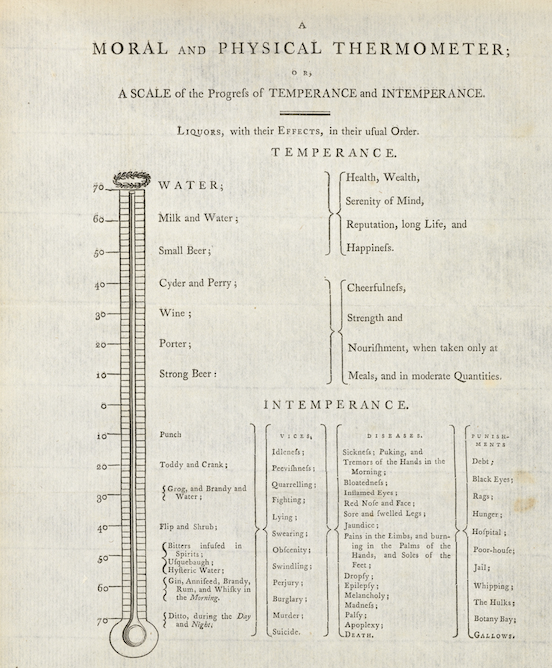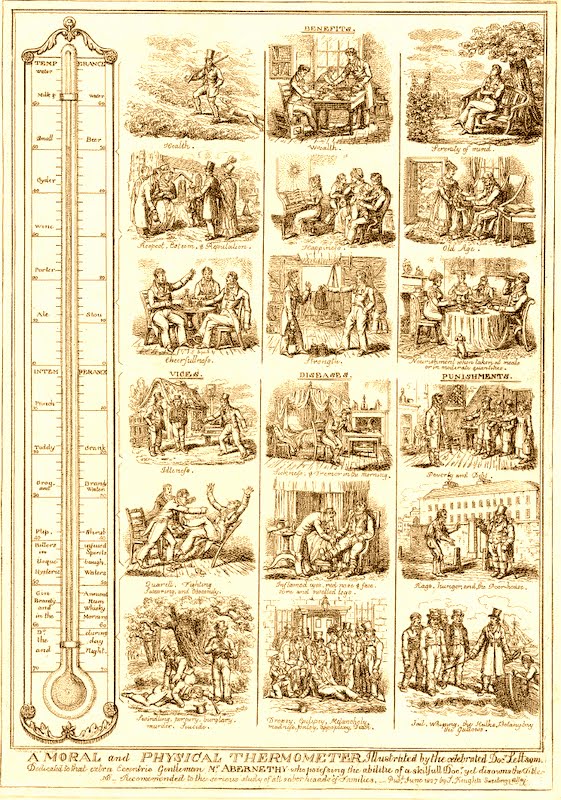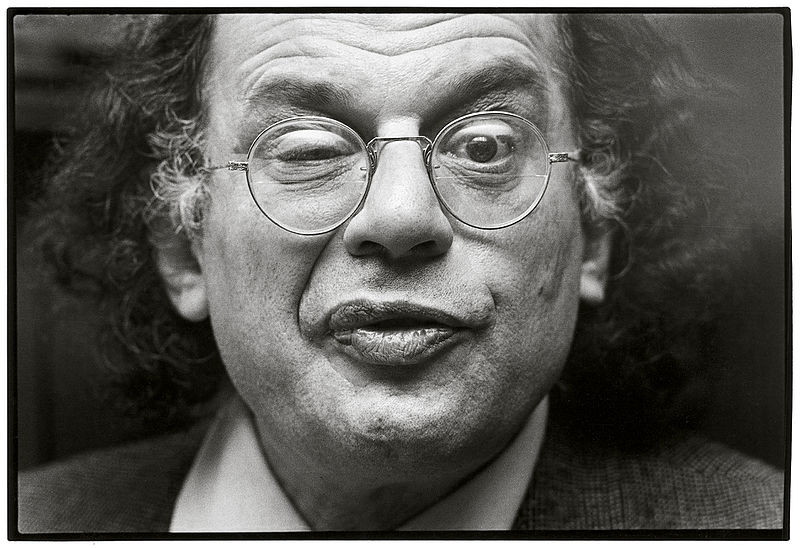Why is Western philosophy so difficult, so abstruse, and so damned wordy? Perhaps it’s simply a matter of job security. It’s generally well-known, after all, that some of the most taciturn philosophers were also some of the poorest—Ludwig Wittgenstein, who was independently wealthy, notwithstanding. But if you follow the format Alain de Botton lays out in the philosophy department of his video series, “The Big Ideas,” you can pick up some Heidegger, a little Stoic thought, and the ideas of Epicurus each in under ten minutes of lighthearted commentary, accompanied by quirky animation from a studio called Mad Adam (who favor a very Terry Gilliam-like approach to their art). There are those critics who think de Botton glib and shallow, a “self-help guru to the British middle-class—a life coach.” In a certain sense, I suppose he’d have to agree with that assessment, given that his “cultural enterprise,” The School of Life, has as its tagline “good ideas for everyday life.” Do the dead European philosophers of ages past have helpful tips for our mundane 21st century existence, and do de Botton’s videos do any justice to the quality of their thought?
As to the first question, I suppose we’d have to answer, yes. As for the second—I leave it to the philosophers to weigh in. At the top of the post, we have Martin Heidegger—“the most incomprehensible German philosopher that ever lived”—in just over five minutes. It turns out that “beneath the jargon, Heidegger tells us simple, even at times homespun truths” about things like meaning and freedom. Once a ranking member of the Nazi party, Heidegger, de Botton says, “saw the error of his ways,” a claim people often repeat without a great deal of evidence. But Heidegger’s Nazi past aside, his thought, de Botton says, helps us get back in touch with the mystery of existence, what the philosopher called das sein, or “Being.” This term more or less sums up the core of Heidegger’s entire project, and I confess I never really grasped what he means by it. Maybe you will after taking de Botton’s very short course.
Next up, we have the Stoics, not a specific movement or group as such, but an entire school of thought that “flourished for 480 years in ancient Greece and Rome.” Stoicism offered a narrow range of responses to the ancient problem de Botton defines as “Life is very difficult,” and it appealed to commoners and aristocrats alike because of its universal concern with suffering. De Botton gives us the gist by referring to the way we typically use the word “stoic” these days, as a synonym for “brave.” He says a bit more, of course, about Stoicism’s answers to life’s challenges, listen above.
Finally, we have Greek philosopher Epicurus, who “helps us think about money, capitalism, and our runaway consumer society.” This despite the fact that Epicurus predates capitalism and consumer society by well over two-thousand years. Nonetheless, his thought is eternally relevant, given that its primary concern, “What makes people happy?” is a problem unlikely to be solved in anyone’s lifetime. But Epicurus had some answers, and he purveyed them—like de Botton—by founding his own school. He and his disciples, Epicureans, were rumored to be debauched and wicked libertines steeped in excessive food, drink, and sex. In fact, the opposite was true: Epicurus was an austere and sober man, who urged restraint in matters sexual and fiscal, making him, in a way, a genuine conservative.
De Botton’s “Big Ideas” curriculum currently includes two other videos that function as general defenses of the humanities: “What is Art for?” and “What is Literature for?” Both questions might sound meaningless to some refined aesthetes, but for a great many people getting on with the painful, sometimes dreary, and often harried business of daily life, questions about utility are sensible enough. New big ideas videos are on the way—in the meanwhile, visit de Botton’s School of Life Youtube channel for video shorts on “Mood,” “Relationships,” and more.
Related Content:
Free Online Philosophy Courses
Alain de Botton Shows How Art Can Answer Life’s Big Questions in Art as Therapy
A Guide to Happiness: Alain de Botton Shows How Six Great Philosophers Can Change Your Life
Alain de Botton Proposes a Kinder, Gentler Philosophy of Success
Martin Heidegger Talks Philosophy with a Buddhist Monk on German Television (1963)
Josh Jones is a writer and musician based in Durham, NC. Follow him at @jdmagness.



 MP3
MP3
